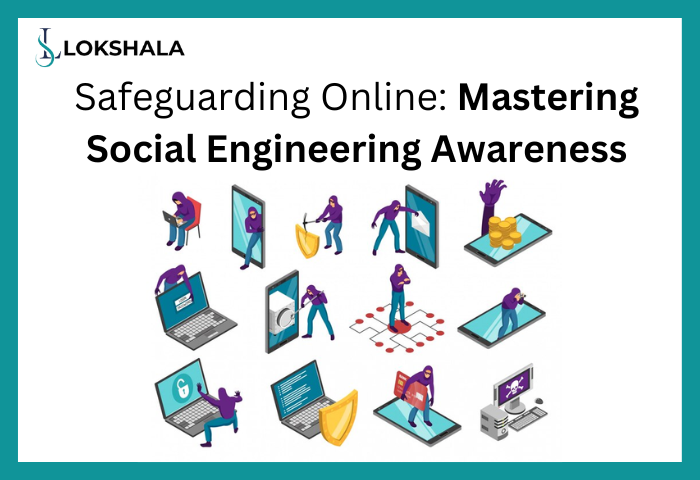Social engineering is a cunning tactic that’s important to understand in today’s digital age, when we use phones and computers for nearly everything. Imagine it like a trick played by some not-so-nice people who want to get your personal information or control your computer. Now, let’s talk about five types of these tricks and how you can stay smart to avoid falling for them.
Understanding Social Engineering
So, what is social engineering? It’s like a crafty game where some people try to trick you into giving away your secrets or control over your computer. They don’t use fancy computer skills; instead, they play with your feelings and trust. Knowing about these tricks is important to keep yourself and your information safe.
- Phishing Scams
Assume you get a message on your phone or email, and it seems harmless. But it’s like a hidden trap! These deceptive messages contain bad things called malware. Clicking on them could let these bad things into your device. So, always be careful and don’t click on links or download stuff from messages that seem fishy.
- Baiting
Baiting is like leaving a tempting treat for someone to find. In the digital world, scammers offer exciting things like free music or gift cards to get you to click on a link or download a file. Just remember, not everything that seems too good to be true is safe. Be cautious, and don’t fall for these digital threats.
- Pretexting
Imagine someone making up a pretend story to trick you. That’s pretexting! These fraudsters create fake situations to make you feel like you have to share your secrets. It’s like someone pretending to be your friend to get something from you. Be smart, and don’t share important information if something doesn’t feel right.
- Spear Phishing
Spear phishing is like a personalized trick. Instead of sending the same message to everyone, scammers focus on specific people, maybe even in your school or workplace. They use personal information to make their tricks look real. Always double-check and be suspicious if a message seems too personal or asks for important info.
- Tailgating
Now, this one is not just in the digital world; it’s a real-world trick. Tailgating is when someone sneaks into a secure place by following someone authorized. It’s like slipping through a door right behind someone without being noticed. Always be aware of who’s around you, and follow security rules to keep these tricksters out.
Defending Against Social Engineering Attacks
Alright, how can you protect yourself from these tricks? Here are some simple steps:
i) Learn and Ask Questions: Know about these tricks and ask your family or teachers if you’re not sure about something.
(ii) Use Security Tools:Ensure your computer or phone has good security tools to catch these tricks before they cause trouble.
(iii) Check Before Clicking: If you get a message with a link or file you’re not expecting, check with someone you trust before clicking.
(iv) Keep Secrets Safe: Remember, your secrets are your own. Don’t share important information unless you’re sure it’s safe.
(v) Stay Alert in the Real World: In places with locks and security, be aware of who’s around. If someone seems out of place, report it to a grown-up or someone in charge.
Being safe in this vast digital environment is like wearing a superhero shield. By learning about these tricks and staying smart, you can be your own superhero, keeping your information and computer safe from the tricky bad guys. Stay safe, stay smart, and enjoy your time in the digital world!


